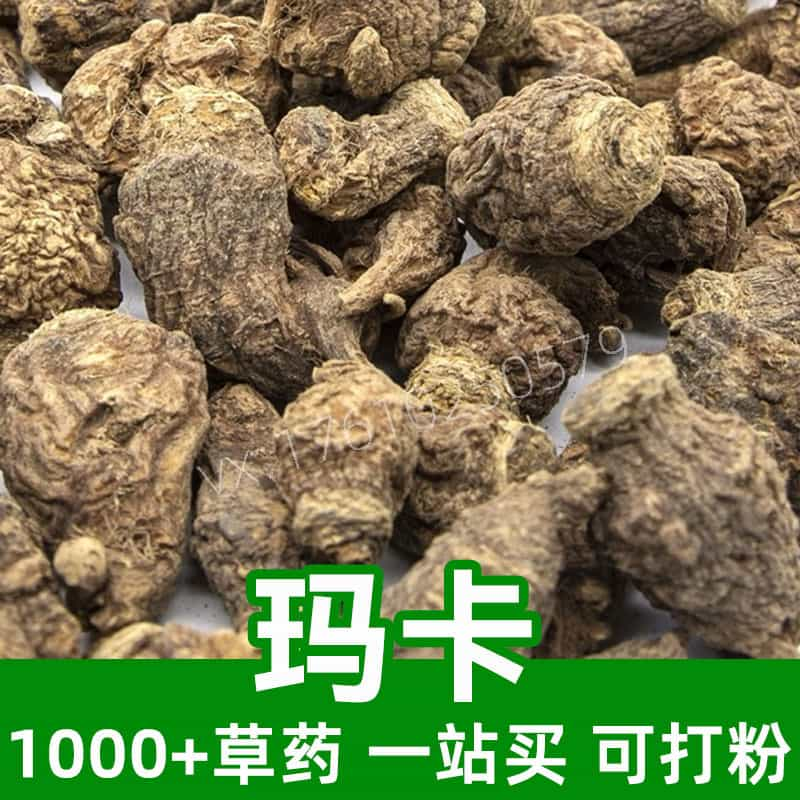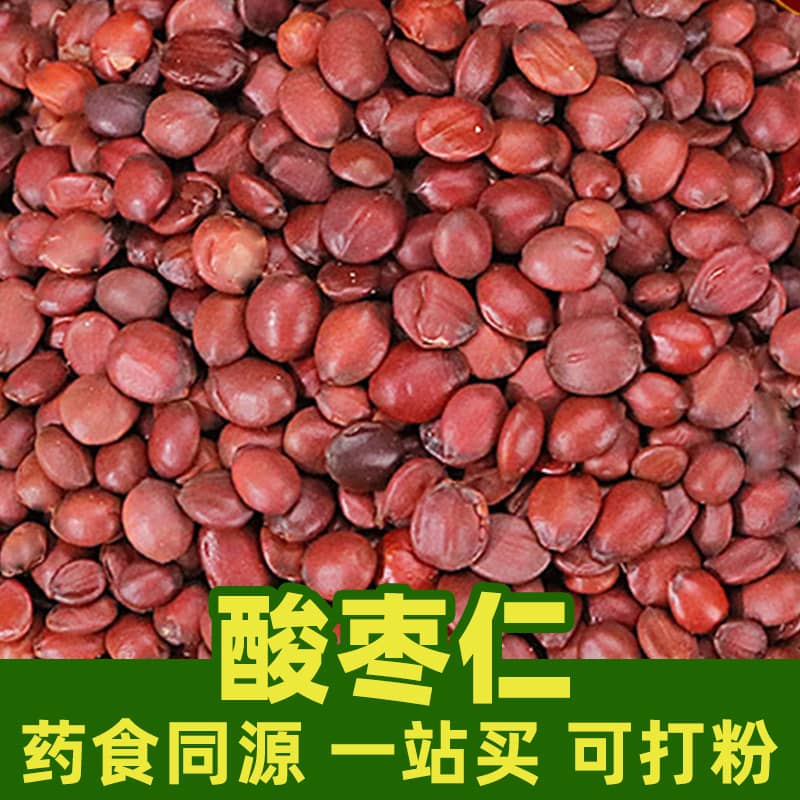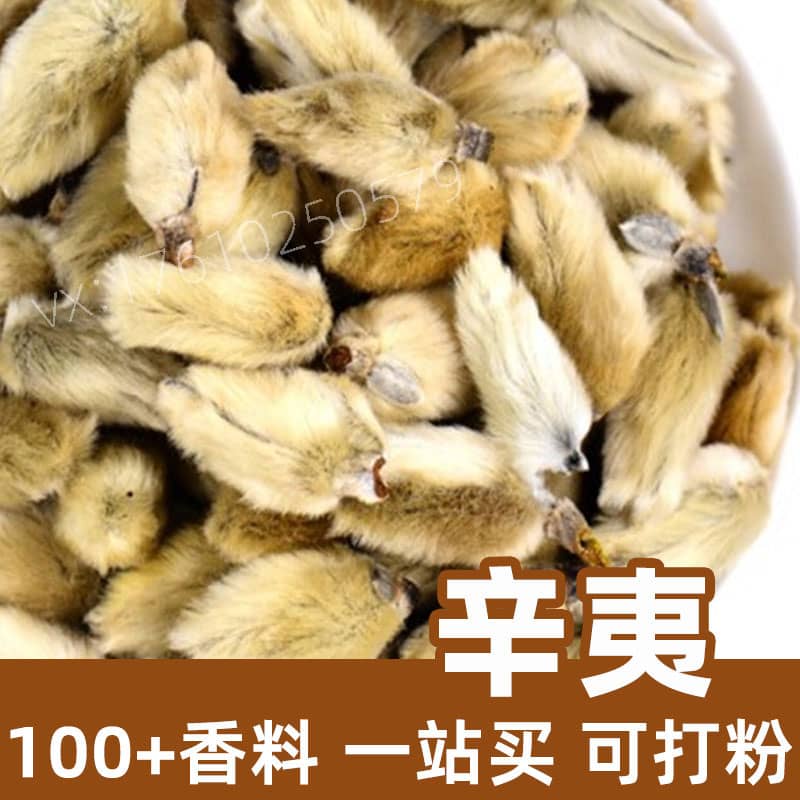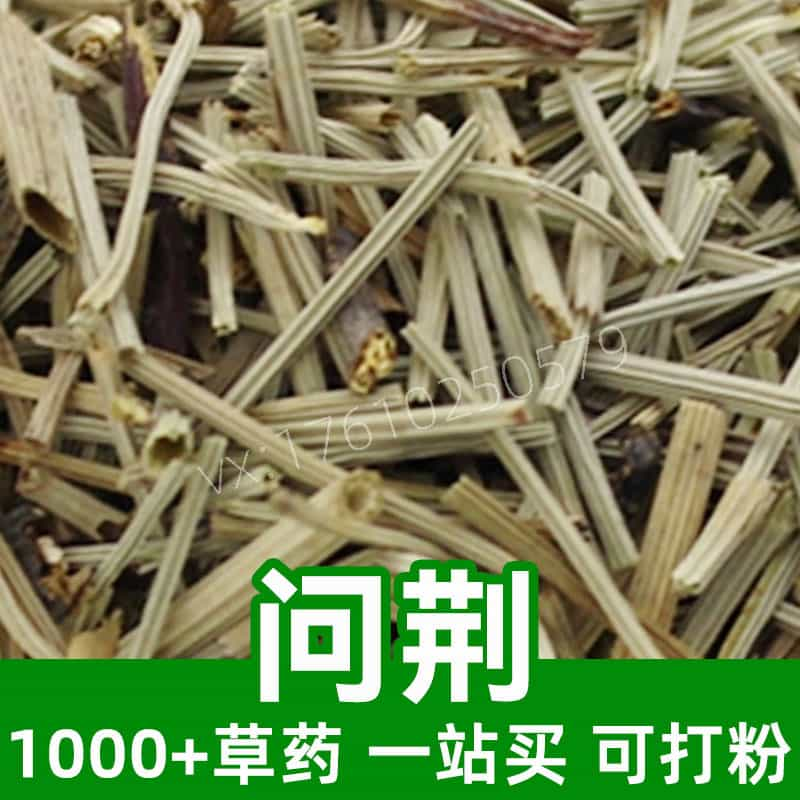Japanese Pagodatree Pod Product Introduction
Japanese Pagodatree Pods refer to the sharp thorns that grow on the branches of the Sophora tree, a part of the tree itself. The main components include cellulose, lignin, and small amounts of bioactive substances. Typically brownish-brown in color, the buds are pointed, long, and rigid. In traditional Chinese medicine, Japanese Pagodatree Pods are commonly used to clear heat, detoxify, disperse nodules, and reduce swelling. They are used to treat liver and gallbladder diseases, lymphadenitis, abscesses, etc. In the food industry, they are often processed into tea, which has heat-clearing, detoxifying, and bowel-relieving effects. Additionally, Japanese Pagodatree Pods can also be used as incense material, offering detoxifying and purifying benefits.
Key Active Ingredients in Japanese Pagodatree Pods
As a medicinal material, Japanese Pagodatree Pods contain several bioactive substances and chemicals that have specific pharmacological effects:
- Alkaloids: Japanese Pagodatree Pods contain various alkaloid substances, such as sophorine and sophora toxin, which have anti-inflammatory, analgesic, and antibacterial properties.
- Polyphenolic Compounds: Including flavonoids and tannins, which have antioxidant, antibacterial, and anti-inflammatory effects, providing certain protective benefits for the body.
- Volatile Oils: A small amount of volatile oils, mainly aromatic compounds, are present, which help in repelling insects, expelling moisture, and detoxifying.
- Terpenoid Compounds: These include terpenes and terpenol, which have antibacterial, anti-inflammatory, and antioxidant properties.
- Proteins and Amino Acids: Such as serine and histidine, which play important roles in cell repair and immune regulation.
- Organic Acids: Including malic acid and citric acid, which help stimulate appetite and promote digestion.
- Trace Elements: Including iron, zinc, and manganese, which have an impact on metabolism and immune function.
- Cellulose: Japanese Pagodatree Pods are rich in cellulose, which promotes the digestive system and helps alleviate constipation.
These components work together to give Japanese Pagodatree Pods certain pharmacological effects, making them widely used in traditional Chinese medicine. They are often used to clear heat and detoxify, reduce swelling, and treat conditions such as liver and gallbladder diseases, lymphadenitis, and abscesses. Additionally, Japanese Pagodatree Pods can be used as food additives to improve digestion and appetite, and they can be processed into tea with market demand.
Applications and Dosage of Japanese Pagodatree Pods
Japanese Pagodatree Pods are widely used in traditional Chinese medicine and the food industry. Below are the primary uses and recommended dosages.
1. Traditional Chinese Medicine Applications:
- Clearing Heat and Detoxifying: Japanese Pagodatree Pods are commonly used to treat heat-related illnesses, thirst, and abscesses.
- Reducing Swelling and Dispersing Nodules: They have an auxiliary therapeutic effect on diseases such as lymphadenitis and abscesses.
- Promoting Urination and Relieving Edema: They are helpful in treating water retention and urinary tract infections.
- Regulating the Stomach and Digestive System: They help with digestive issues such as indigestion and poor appetite.
2. Dosage:
- Powdered Form: Grind Japanese Pagodatree Pods into powder. Take 3–6 grams per dose, and dissolve in hot water. Use 2–3 times per day.
- Decoction: Cut the buds into pieces. Take 10–15 grams per dose, add water, and boil until the liquid reduces by half. Divide into two doses.
- Tea: Grind Japanese Pagodatree Pods into fine powder. Take 5–10 grams per dose, and brew with hot water. You can add honey or goji berries for flavor. Drink 1–2 times daily.
3. Food Applications:
- Tea Drinks: Japanese Pagodatree Pods can be used to make tea, which has heat-clearing, detoxifying, and diuretic effects. It is suitable for summer consumption.
- Seasoning: Japanese Pagodatree Pod powder can be used as a seasoning for soups, porridge, noodles, etc., to enhance flavor and nutritional value.
- Food as Medicine: Japanese Pagodatree Pods have medicinal value and can be incorporated into daily food for health benefits.
4. Dosage Control:
- For adults, each dose should not exceed 10 grams, with a daily total of no more than 30 grams.
- Special groups, such as children, pregnant women, and the elderly, should consult a doctor for appropriate dosage adjustments.
- Adjust the dosage according to individual constitution and condition. Avoid prolonged or excessive use to prevent adverse reactions.
Overall, Japanese Pagodatree Pods have significant applications in both traditional Chinese medicine and the food industry. When using, the dosage should be chosen according to individual needs and under the guidance of a healthcare provider to prevent improper use.
Source Plant Information, Distribution, and Growing Environment of Japanese Pagodatree Pods
Japanese Pagodatree Pods, also known as Chinese Sophora, Northern Sophora, and Yellow Flower Sophora, are the fruits of the Sophora tree, a common medicinal material. Below is information about the source plant, its distribution, and its growing environment.
- Source Plant:
- The source plant of Japanese Pagodatree Pods is the Sophora tree, scientifically known as *Sophora japonica L.*, a member of the legume family and one of China's native tree species.
- The Sophora tree is a deciduous tree that grows about 15-25 meters tall, with grayish-white bark, a dense canopy, and compound leaves. Its flowers are small and fragrant, and the fruit is pod-shaped, containing several seeds (the Japanese Pagodatree Pods).
- Distribution:
- The Sophora tree is native to China, where it is widely distributed in regions such as North China, Northwest China, East China, and South China, especially in northern areas.
- The Sophora tree has also been introduced and cultivated in other parts of the world, including Europe and North America.
- Growing Environment:
- The Sophora tree adapts well to various environmental conditions. It thrives in warm and humid climates and can grow in a wide range of soils, though it prefers loose, fertile, and well-drained soils.
- The tree is drought-resistant, salt-tolerant, and highly resilient, making it suitable for growing in plains, hills, mountainous regions, and even deserts.
- The typical elevation range for Sophora trees is between 200 and 1500 meters, though some trees can grow at higher elevations.
Japanese Pagodatree Pods, as the fruits of the Sophora tree, are typically found in northern China. The cultivation of Sophora trees plays a role in improving the ecological environment and protecting the land, providing favorable conditions for the collection of Japanese Pagodatree Pods.
Harvesting, Processing, and Storage of Japanese Pagodatree Pods
Harvesting, processing, and storage are critical steps to ensure the quality and shelf life of Japanese Pagodatree Pods. The following sections describe these processes:
- Harvesting:
- Japanese Pagodatree Pods are usually harvested in the fall, when the fruits turn yellow and split open.
- Choose fully developed, yellow-green, pest-free buds for harvesting. They can be picked by hand or after sun-drying and clipping.
- Processing:
- After harvesting, Japanese Pagodatree Pods should be cleaned and peeled to remove impurities and fruit skins.
- The cleaned buds need to be air-dried or dehydrated to an appropriate moisture level to prevent mold growth.
- After drying, the buds can be sliced or kept whole for further processing and use.
- Storage:
- Store Japanese Pagodatree Pods in a well-ventilated, dry, and cool place to prevent exposure to direct sunlight and high humidity.
- Keep the buds in breathable bags or containers to maintain their dryness.
- For long-term storage, check the buds periodically for any signs of moisture or mold and adjust storage conditions as needed.
Throughout the harvesting, processing, and storage stages, it is essential to maintain the quality and hygiene of Sophora
flower buds to ensure they retain their medicinal and nutritional value.
Monica Sun is a seasoned expert in the natural raw materials industry, with over a decade of experience specializing in traditional Chinese medicinal herbs, spices, and fungi. She is skilled in the sourcing, processing, and application of these materials, emphasizing sustainability and innovation. Monica Sun has contributed to the development of high-quality natural raw materials that serve as essential components in functional foods, pharmaceuticals, and cosmetics, delivering tailored solutions to meet diverse market needs.
















